I'm picking up where I left off over a year ago on a signal conditioning circuit for a data acquisition system. The DUT (Device Under Test) is outputting a 1-25vpp 4000Hz square wave signal. The circuit I'm about to share represents the load of one of the DUT channels (HI and LO). I should mention I did not create this circuit; I explained what I wanted to an EE I used to work with and he created it.
- R1 + R2 + R3 = 999.7Ω (0.001000300090027)
- R10 + DS10 = 2,000Ω (0.0005)
- R10 + U10 = 2,000Ω (0.0005)
After reading (and understanding just a small amount of) this answer I decided to leave the LEDs DS10 and U10 out of the equation. If you feel this is a mistake, please let me know.
Using the above calculated reciprocals I come to a total resistance on CH1 of 499.92Ω.
Am I correct? Anything else you think I should take into consideration?
